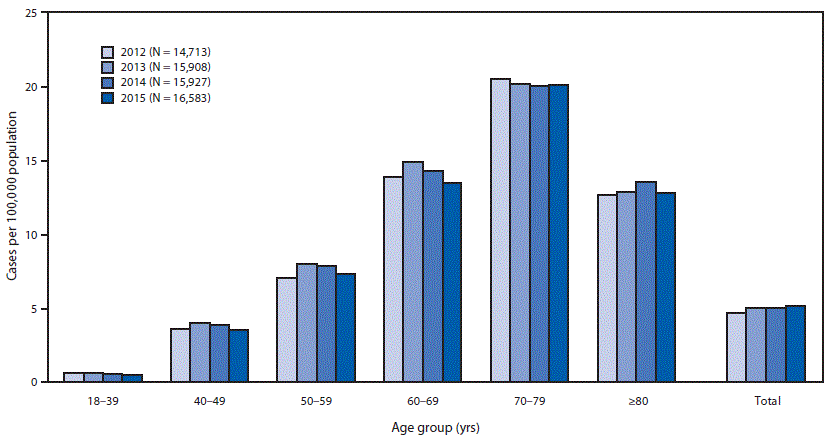Scleroderma, also known as systemic sclerosis, is a chronic autoimmune disease that affects the connective tissue in the body. It causes hardening and thickening of the skin, as well as damage to internal organs and blood vessels. Scleroderma is a rare disease, but it can be serious and life-threatening, depending on the type and severity of the condition.
According to the Scleroderma Foundation, scleroderma affects about 300,000 people in the United States, with women being three times more likely to develop the disease than men. It is most commonly diagnosed in people between the ages of 30 and 50, although it can occur at any age.
There are two main types of scleroderma: localized and systemic. Localized scleroderma affects only the skin and is usually less severe than systemic scleroderma, which can affect the internal organs, blood vessels, and other parts of the body. Systemic scleroderma is divided into two subtypes: limited and diffuse. Limited scleroderma affects only certain areas of the body, such as the hands and face, while diffuse scleroderma affects a larger area and can be more severe.
The exact cause of scleroderma is unknown, but it is thought to be triggered by a combination of genetic and environmental factors. Some research suggests that scleroderma may be related to other autoimmune diseases, such as rheumatoid arthritis and lupus.
There is no cure for scleroderma, but treatments are available to help manage the symptoms and prevent complications. These may include medications to control inflammation, lower blood pressure, and improve blood flow; physical therapy to improve mobility; and skin care products to help maintain healthy skin. In severe cases, surgery may be necessary to repair damaged organs or blood vessels.
Despite advances in treatment, scleroderma can still be a serious and life-threatening disease. The mortality rate for people with scleroderma is about three times higher than the general population, with most deaths occurring within the first five years after diagnosis. However, with proper treatment and management, people with scleroderma can live long and active lives.
In conclusion, scleroderma is a rare autoimmune disease that affects the connective tissue in the body, causing hardening and thickening of the skin and damage to internal organs and blood vessels. It is most commonly diagnosed in women between the ages of 30 and 50, and there are two main types: localized and systemic. While there is no cure for scleroderma, treatments are available to help manage the symptoms and prevent complications. The mortality rate for people with scleroderma is higher than the general population, but with proper treatment and management, people with scleroderma can live long and active lives.







